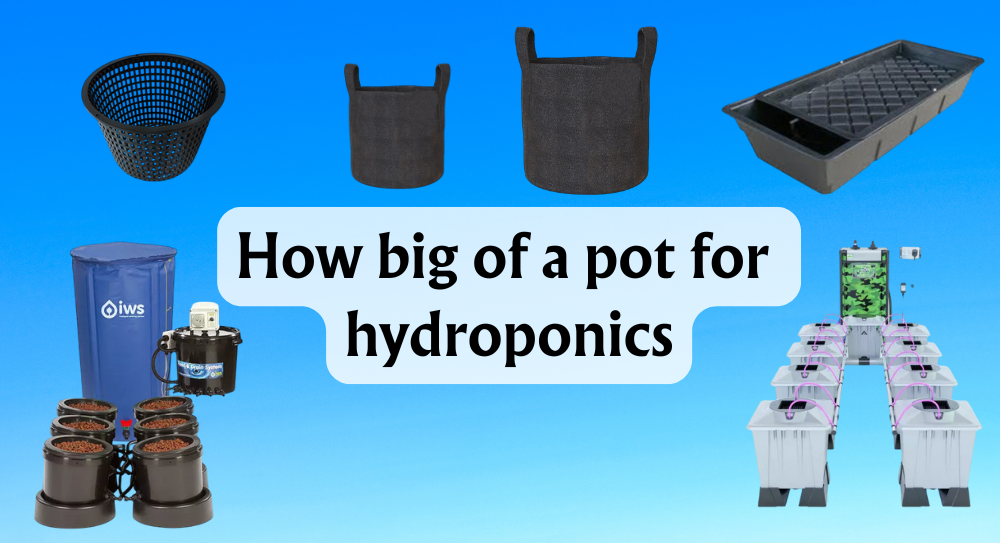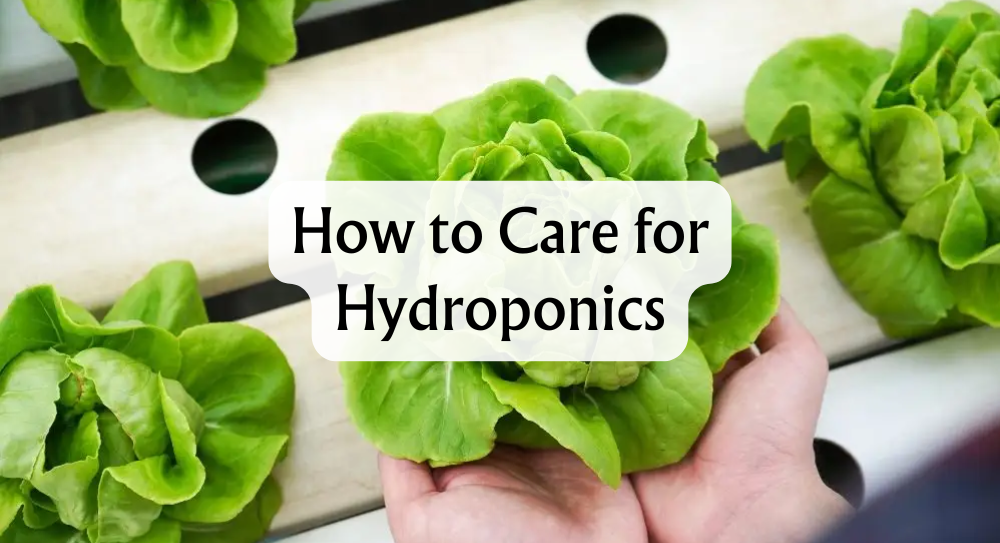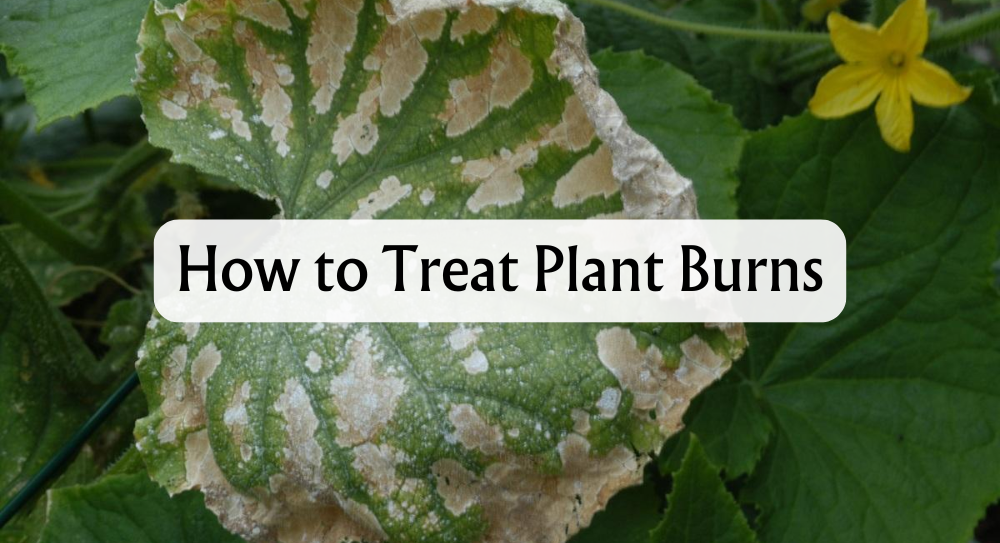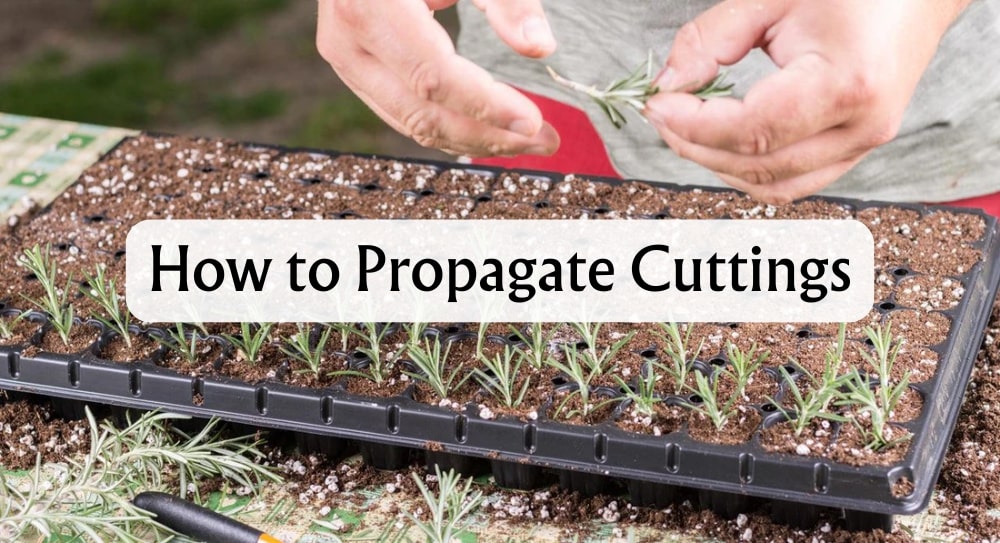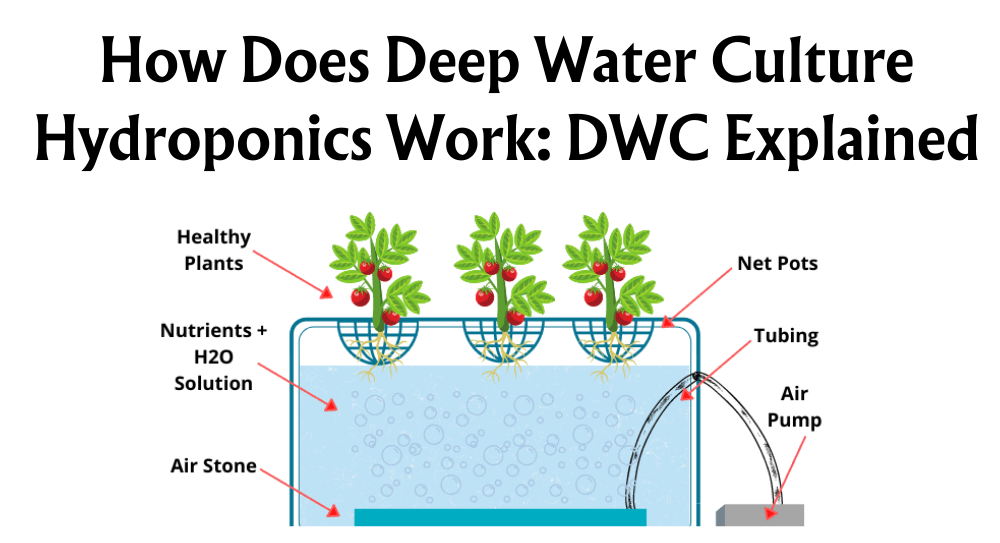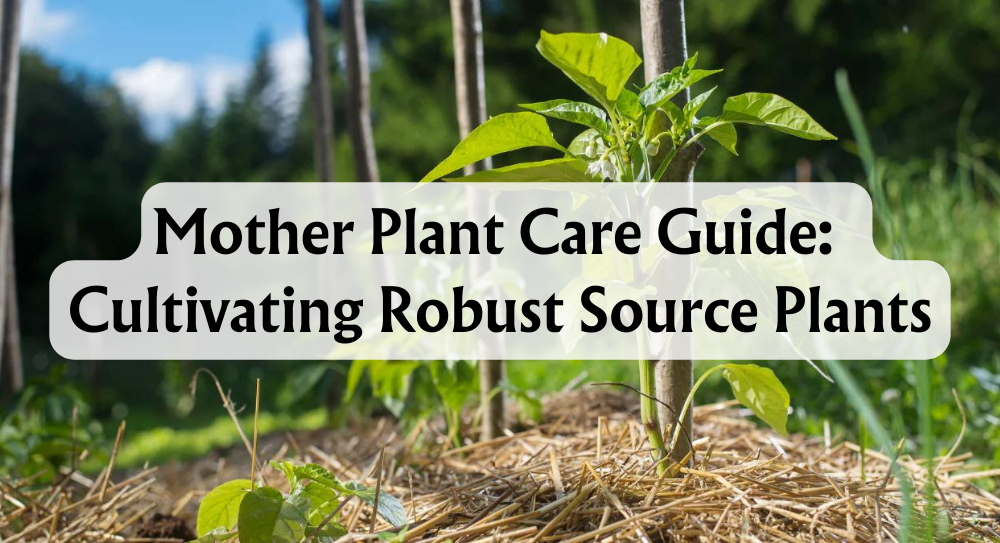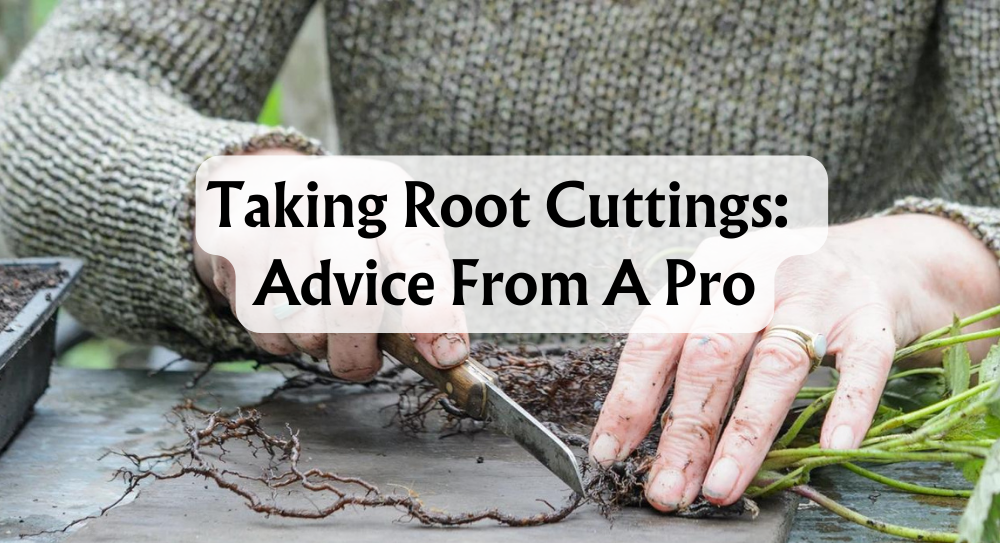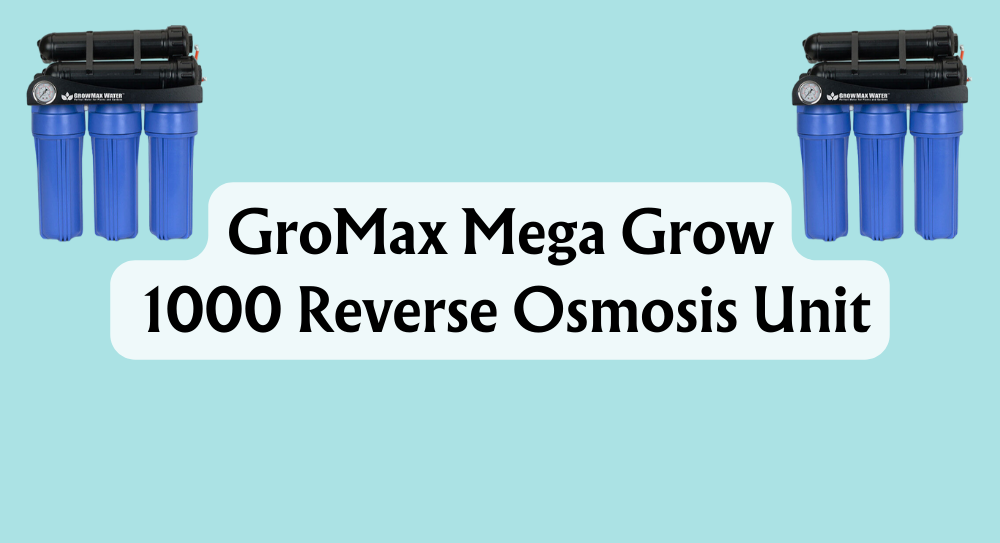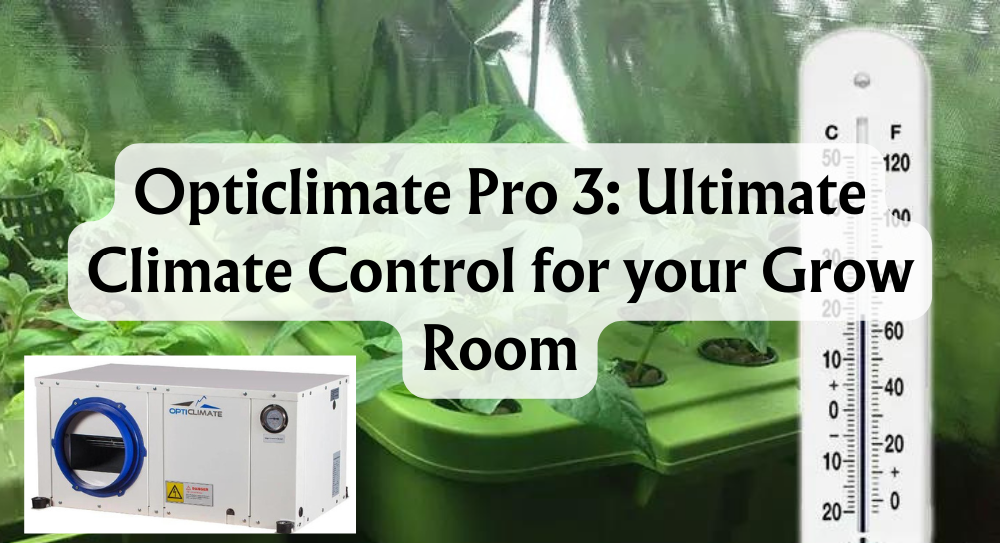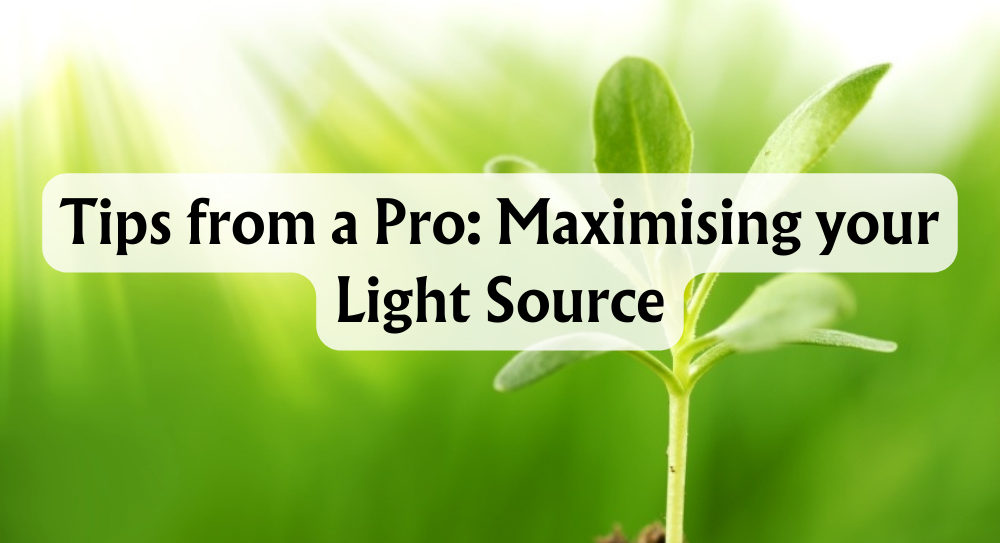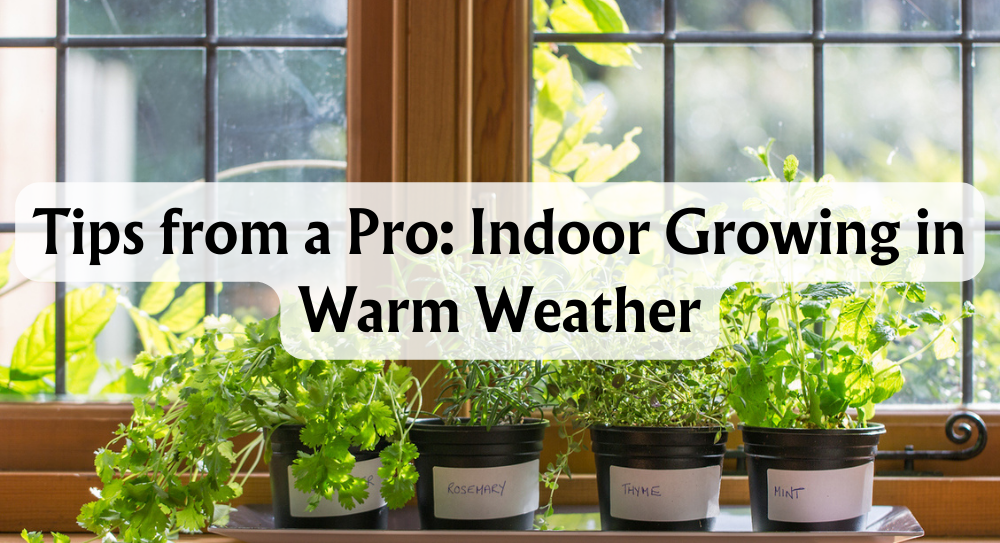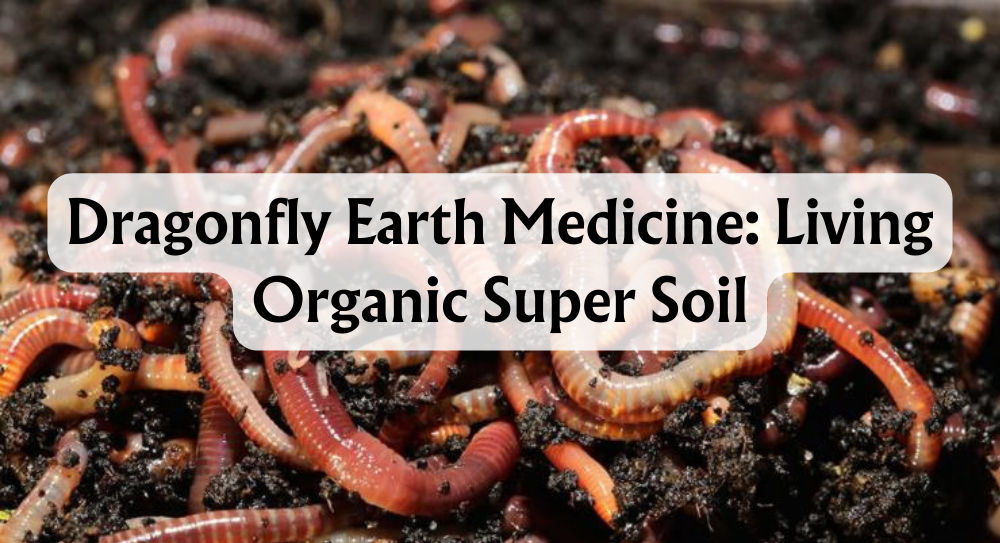How Big of a Pot for Hydroponics
When it comes to hydroponics, choosing the right pot size is crucial for a thriving garden. In hydroponics, the size of the pot directly affects the growth and health of your plants. Knowing how to pick the best size can make a world of difference, turning your hydroponic garden from good to flourishing.
Net pots are an essential component of hydroponic systems. These pots are specifically designed to facilitate water and nutrient flow, providing a stable environment for plants. As we explore further, we’ll uncover the secrets to selecting an ideal pot size that aligns with our gardening ambitions.
Our goal here is straightforward: to equip you with the knowledge to select the best net pot size for your hydroponic setup. By understanding how these pots work and why size matters, we can optimise the growth potential of our plants.
Key Takeaways
- Net pots are key in hydroponic gardening.
- Pot size impacts plant growth in hydroponics.
- Choose the right pot for your hydroponic ambitions.
What Are Net Pots?
Let's dive into the world of net pots! They're popular in hydroponics and serve as a home for our plants. Picture a cup with lots of holes—that’s essentially what a net pot looks like.
These pots allow roots to stretch and access the nutrient-rich water directly. They're typically made from plastic, but you can find biodegradable options too. What a win for eco-conscious growers!

Wondering about the differences from traditional pots? Unlike plastic pots, net pots provide excellent airflow. This helps in preventing issues like root rot. Compared to bulky buckets, net pots are light and easy to handle.
We may have heard about smart pots and air pots—technologies designed to enhance root aeration. Yet, for those of us in hydroponics, net pots remain a favourite because of their simplicity.
Materials often used in net pots include:
- Durable plastic
- Biodegradable alternatives
If you're new to hydroponics, the choice might seem overwhelming. Yet, trust us, once you get the hang of it, it’s as easy as pie! So, shall we get started on our hydroponic net pot adventure?
Why Are Net Pots Used in Hydroponics?
Ever wondered why net pots are a staple in hydroponic systems? Let's break it down.
Net pots are fantastic for promoting air circulation and root oxygenation. By allowing air to pass through the sides, they help prevent root rot, one of the nemeses of plant health. The increased exposure to air ensures that roots don't suffocate.
Good drainage is crucial in hydroponics. Since net pots feature a mesh design, they offer efficient drainage, keeping water levels in check. This is particularly beneficial in systems like deep water culture and ebb and flow, where excess water could hinder growth.
A net pot's structure encourages roots to grow freely, preventing them from becoming root-bound. This freedom supports optimal plant growth, as roots can spread and access nutrient-rich water effectively. Unlike traditional pots, net pots consistently enhance nutrient uptake and absorption due to this setup.
Temperature control is another benefit. A well-ventilated root zone helps maintain suitable temperature levels, crucial for plant health. With superior root pruning features, these pots ensure roots don't become tangled, promoting a robust system.
In a drip system or water culture, the use of net pots can streamline nutrient delivery, ensuring plants receive all they need for robust growth. So, if you're setting up your hydroponic garden, net pots might just be your new best friends!
How Net Pots Work
When we're talking about how net pots function in hydroponics, it's all about the interaction between roots, oxygen, and stability. Let's dive into some marvels of net pot design that support plant health and growth.
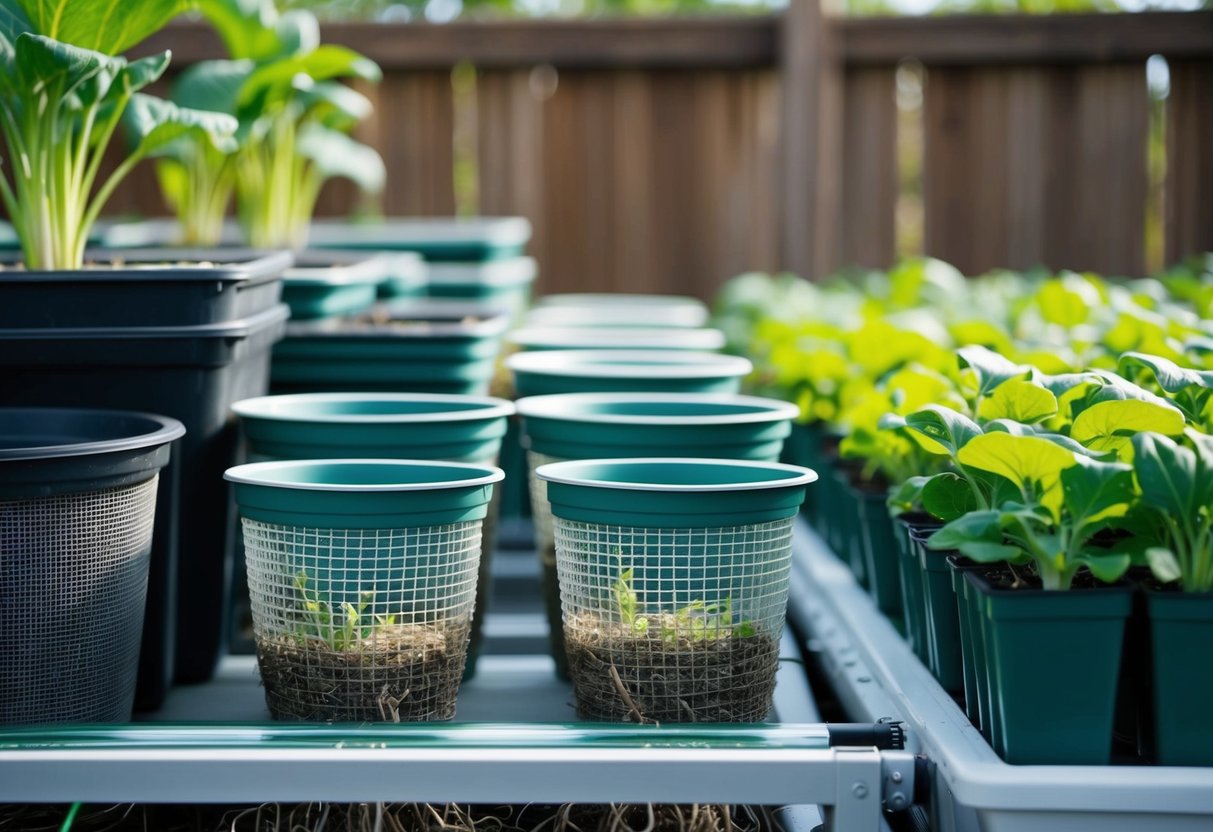
Holes and Roots
Net pots are designed with an array of holes to let roots spread out freely. This design difference compared to traditional pots gives plant roots more space to grow and access nutrients, boosting plant health. Ever noticed how roots in traditional pots seem cramped? In net pots, they get to stretch out and absorb more nutrients.
Think of it as giving your plants a gym membership! With better root expansion, plants maximise nutrient absorption, leading to healthier growth. This is a simple yet effective way to enhance plant health in hydroponic setups.
Holes and Oxygen
Oxygen plays a vital role in plant respiration, and this is where net pots shine. The numerous holes enhance air circulation around the roots, ensuring they get plenty of oxygen. The concept of air pruning is also significant here. As roots extend through the holes, air naturally cuts off excessive root growth. This keeps the root system healthy and robust.
The enhanced aeration means roots can effectively breathe. It's like giving them an oxygen mask! This improved airflow strengthens the roots and, by extension, the entire plant's vitality.
Roots to Anchor
Net pots aren't just about root growth and oxygen delivery; they also play a critical role in plant stability. Observing how they handle heavier plants such as tomatoes illustrates how the sturdy root systems form reliable anchors. Those holes allow roots to grab onto more growing media, adding to the plant's solidity.
For anyone trying to grow large plants in hydroponics, this is a game-changer. Imagine your tomato plants staying upright without needing all those extra supports. This stability isn't just handy; it's essential for anyone serious about successful hydroponic gardening.
How to Use Net Pots
When using net pots in hydroponic systems, it's crucial to consider what you plan to grow and the right net pot size. From transplanting techniques to selecting the right growing media, each step ensures your plants thrive. Let's explore these key aspects to help you make the most of your hydroponic garden.
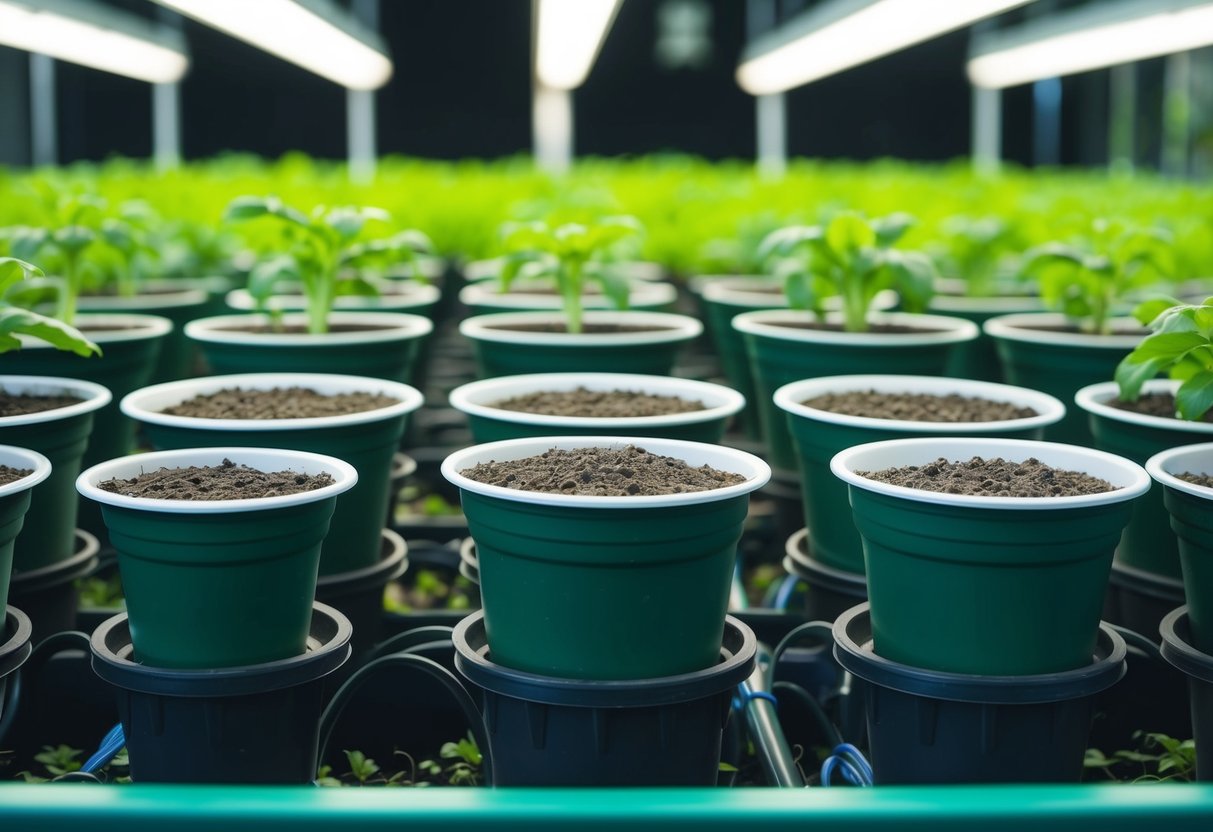
Pick What You Want to Grow
When choosing what to grow, it's all about the plant's needs. Herbs and leafy greens often flourish in smaller net pots. They're like the minimalist decorators of the plant world—happy in cosy spaces with just the basics. On the contrary, larger plants such as tomatoes and cucumbers need more room to stretch their roots.
Consider the growth stage and plant type. Fruiting plants prefer larger pots to support their extensive root systems. This setup enables better access to nutrients from the solution, promoting robust growth. We often find that matching pot size to plant needs is key to optimising growth.
Decide What Size
Choosing the size net pot you need matters just as much as picking the right plant. For a hydroponic system to function effectively, net pot size should be proportional to the plant. Small net pots might measure around 2-3 inches, ideal for herbs. Meanwhile, larger pots, say 5-6 inches, work wonders for vine crops like peppers.
So, how do we decide? Consider the plant’s age and potential size. Growth stage affects pot requirements—young plants are fine in smaller containers. Observing experienced growers shows us that using different sizes for specific crops leads to better yield. Experiment and find what suits your specific setup.
Add Your Plants
Transplanting, or starting seeds in net pots, is straightforward. First, prepare your chosen growing medium—options like clay pebbles, perlite, or coco coir are popular. Rinse thoroughly to remove residue. Next, gently place the plant or seedling into the pot, ensuring it's securely nestled within the media.
Maintenance is simple. Essential tasks include monitoring nutrient solutions and adjusting as the plant matures. Keep an eye on roots, even moisture levels, and ensure the nutrient solution is reaching all parts of the plant. A bit of attention goes a long way in ensuring vibrant plant health.
Does Net Pot Size Matter?
When it comes to hydroponics, the size of the net pot can play a significant role in your plant's growth and yield. Why does it matter so much? Well, let's break it down together.

Small vs. Large Net Pots
Small net pots (2-3 inches) are great for tiny plants or seedlings. They keep things compact and save space. Yet, larger plants may struggle as their roots need more room. Conversely, larger net pots (4 inches and above) allow for more root expansion, which may support bigger plants and increase yield.
Here's a quick overview:
| Net Pot Size | Best For |
|---|---|
| Small Pot | Herbs, seedlings |
| Medium Pot | Leafy greens, smaller flowers |
| Large Pot | Fruiting, larger plants |
Matching Pot Size to Plant Type
Choosing the right pot size depends on what we're growing. Are we talking about leafy greens or tackling bigger, fruiting plants? For leafy greens, medium-sized net pots usually suffice. But when we dive into tomatoes or peppers, larger pots are the way to go.
Growth Stages and Pot Size Adjustments
Do we need to adjust pot sizes as plants grow? Yes, indeed! To allow for better root development, consider starting with smaller pots and moving to bigger ones as they mature. It's not unlike us needing a bigger bed as we grow taller! Remember, re-potting can help improve airflow and nutrient access.
In summary, net pot size certainly matters, and choosing the right size for your plant's needs can lead to healthier plants and possibly better yields.
Conclusion
Choosing the right size net pots for our hydroponic system is like picking the perfect pair of shoes. It needs to fit just right to support healthy growth! The size of the net pot impacts root expansion, water access, and nutrient uptake. A pot that's too small can cramp our plants, while a larger one might overwhelm us with excessive water needs.
Why not experiment? Different types of plants have their own unique preferences. Let's try various pot sizes to find what works best for our setup. It’s a bit like trying new recipes in the kitchen—some trial and error leads us to the perfect result.
A few final tips: Keep an eye on how our plants respond to their net pots. Regularly check for good root aeration and space. Don’t forget to tailor the pot size to the plant variety—tomatoes and basil might not enjoy the same comforts!
Hydroponics can be a rewarding experience, and we get to play a bit of Mother Nature, tweaking and fine-tuning our system. Let’s get our hands dirty—or rather, wet—and have fun with it.

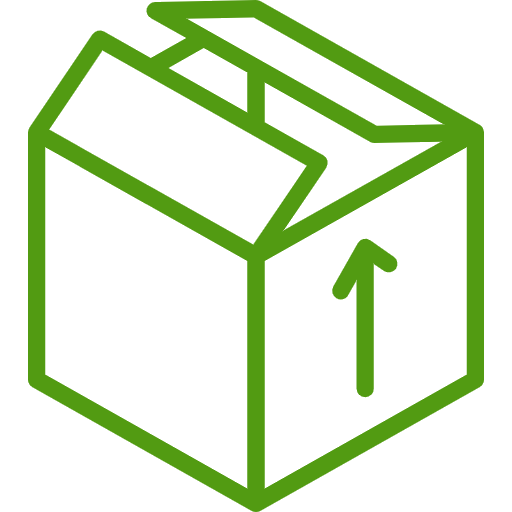





 Store Locator
Store Locator
